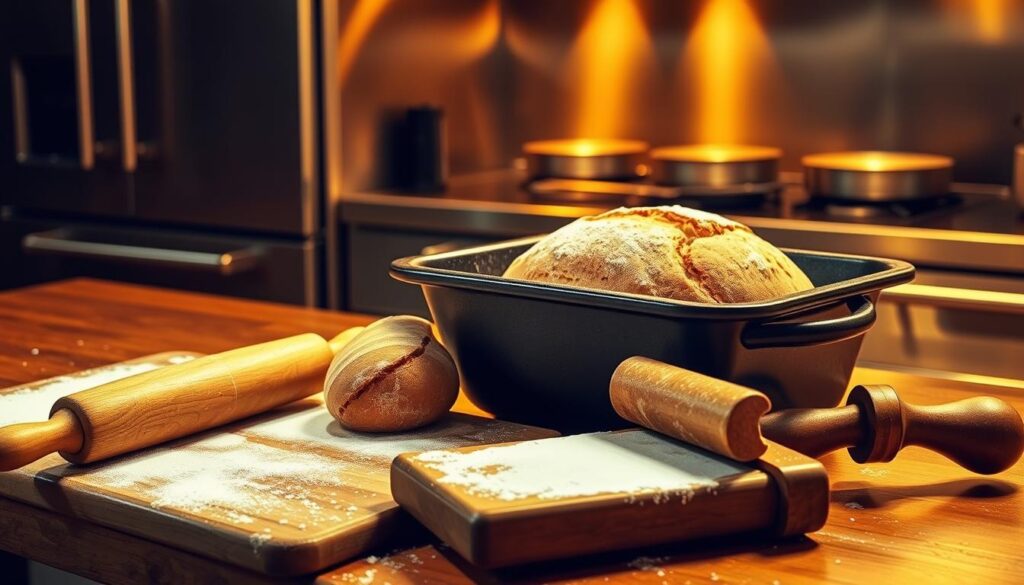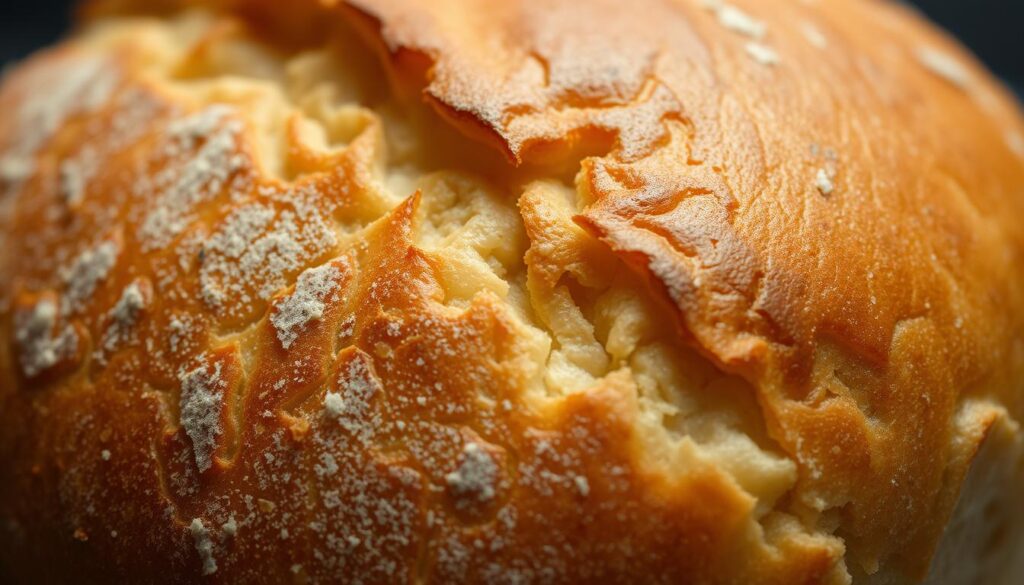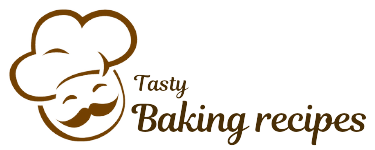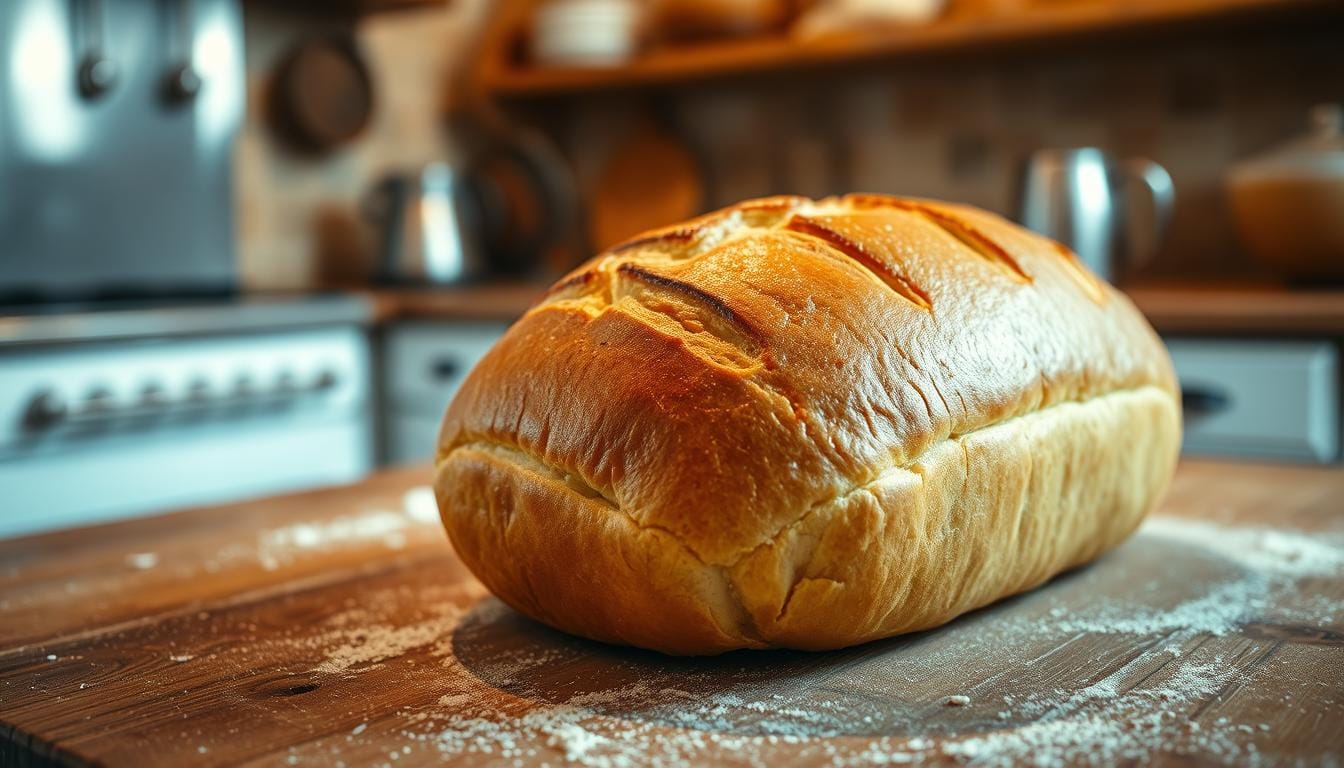Cuban bread recipe – how to make this classic
Cuban bread recipe :
Imagine sinking your teeth into a crispy, freshly baked loaf that’s perfect for making Cuban sandwiches or simply enjoying with a pat of butter. The magic lies in the simplicity of the ingredients and the technique behind creating this culinary delight.
You can almost smell the aroma of a traditional bakery, where the art of making Cuban bread has been perfected over generations. With just a few basic ingredients like flour, lard, and water, you can recreate this classic at home. The key to achieving the perfect texture lies in the details and technique.
This article will guide you through the history, ingredients, and step-by-step process of making authentic Cuban bread. You’ll learn how to customize it to your taste while maintaining its traditional characteristics.
The History and Significance of Cuban Bread
The origins of Cuban bread date back to the early days of Cuban cuisine, influenced by various cultural traditions. Cuban bread, or Pan Cubano, has become an integral part of Cuban identity and is enjoyed not only in Cuba but around the world.
Origins of Pan Cubano
Pan Cubano originated in Cuba, brought about by the influx of immigrants from various parts of the world, including Spain and other European countries. The bread is a result of the blending of different baking traditions. Cuban bread consists of just five main ingredients: flour, water, yeast, lard, and salt. The simplicity of the ingredients belies the complexity of creating the perfect loaf.
What Makes Cuban Bread Unique
So, what sets Cuban bread apart from other types of bread? The answer lies in its distinctive characteristics. Cuban bread is known for its crackly thin crust and light, airy interior. The use of lard instead of other fats gives the bread its unique texture and flavor profile. Traditional Cuban bread loaves are long and somewhat flat, typically bearing a signature palm leaf impression or slash down the middle. This bread is perfect for Cuban sandwiches due to its crispy exterior and soft interior, making it crispy enough to hold up to pressing but soft enough to compress.
Essential Ingredients for an Authentic Cuban Bread Recipe
The foundation of a classic Cuban bread lies in its ingredients and the equipment used to prepare it. To achieve an authentic Cuban bread, understanding the role of each component is crucial.
The Importance of Lard in Cuban Bread
Lard plays a significant role in Cuban bread, contributing to its distinct flavor and texture. Using high-quality lard can significantly enhance the overall taste of your bread.
Flour Types and Other Key Ingredients
The type of flour used is also vital. Unbleached, all-purpose flour is recommended for making Cuban bread. Other essential ingredients include yeast, salt, and sugar. The quality of these ingredients can affect the final product.
| Ingredient | Purpose |
|---|---|
| Lard | Flavor and texture |
| Unbleached, all-purpose flour | Structure and texture |
| Yeast | Leavening |
Equipment You’ll Need
To make Cuban bread, you’ll need a few essential pieces of equipment. A large bowl is necessary for mixing the dough. A stand mixer with a dough hook attachment can simplify the kneading process, but hand-kneading is also effective. You’ll also need a baking sheet to bake the bread and a cooling rack to prevent the bread from becoming soggy.

Additional tools include a sharp knife or razor blade for slashing the bread and a spray bottle for creating a crisp crust. Ensuring you have the right equipment will help you achieve a more authentic Cuban bread.
Step-by-Step Cuban Bread Recipe
Now that we’ve covered the history and ingredients of Cuban bread, it’s time to dive into the step-by-step recipe. Making Cuban bread at home can be a rewarding experience, and with the right guidance, you can achieve a deliciously authentic loaf.
Preparing the Yeast Mixture
To start, you’ll need to prepare the yeast mixture. In a small bowl, combine warm water (around 100°F to 110°F), active dry yeast, and a pinch of sugar. Let it sit for 5 to 10 minutes, or until the mixture becomes frothy and bubbly. This step is crucial as it activates the yeast, ensuring your dough will rise properly.
Mixing and Kneading the Dough
Mixing and kneading are critical steps in developing the dough’s texture and structure. You can use one of three methods: manual, stand mixer, or bread machine.
Manual Method
In a large mixing bowl, combine flour, salt, and lard. Gradually add the yeast mixture and mix until a shaggy dough forms. Turn the dough out onto a floured surface and knead for about 10 minutes, until the dough becomes smooth and elastic.
Stand Mixer Method
Using a stand mixer with a dough hook attachment simplifies the kneading process. Combine dry ingredients and lard in the mixer bowl. Gradually add the yeast mixture and mix on low speed until the dough comes together. Increase the speed to medium and knead for about 5 minutes, until the dough is smooth and elastic.
Bread Machine Method
If you prefer using a bread machine, add ingredients in the order recommended by the manufacturer. Select the dough cycle and let the machine do the work. The machine will mix and knead the dough to the right consistency.
First Rise and Shaping the Loaf
Place the dough in a greased bowl, cover it with a damp cloth, and let it rise in a warm, draft-free place until it has doubled in size. This should take about 1 to 2 hours, depending on the environment. Once risen, punch down the dough and shape it into a long, thin loaf. Place the shaped loaf onto a baking sheet lined with parchment paper.
Second Rise and Preparing for Baking
Cover the shaped loaf with a clean towel and let it rise again until it has puffed up slightly, about 30 to 45 minutes. Meanwhile, preheat your oven to 450°F. To create a steamy environment, place a pan of water on the lowest rack of the oven. This step is essential for developing the characteristic crust of Cuban bread.
Baking to Perfection
Place the baking sheet with the loaf into the preheated oven. Bake for about 30 minutes, or until the bread is golden brown. To check if the bread is properly baked, look for a golden crust and listen for a hollow sound when tapping on the bottom of the loaf. Remove the bread from the oven and let it cool on a rack to preserve its texture.
| Baking Stage | Temperature | Time | Notes |
|---|---|---|---|
| Preheating | 450°F | – | Preheat oven with a pan of water on the lowest rack |
| Baking | 450°F | 30 minutes | Bake until the bread is golden brown |
| Cooling | Room temperature | – | Cool on a rack to preserve texture |
Tips for the Perfect Cuban Bread
To elevate your Cuban bread baking, consider these expert tips for achieving perfection. Mastering Cuban bread involves understanding the intricacies of its preparation and the factors that contribute to its characteristic texture and flavor.
Achieving the Perfect Crust
The crust of Cuban bread is renowned for its crispy exterior and soft interior. To achieve this, ensure your oven is at the right temperature, and consider using a baking stone to enhance crust crispiness. Steam during baking can also contribute to a better crust.

Troubleshooting Common Issues
If your Cuban bread doesn’t turn out as expected, several factors could be at play. Common issues include overmixing the dough, incorrect yeast activation, or insufficient rising time. Check your ingredients’ freshness and ensure you’re following the recipe’s temperature and time guidelines.
- Overmixing can lead to a dense loaf.
- Insufficient rising time can result in a bread that’s not fully developed.
- Incorrect oven temperature can affect the crust’s quality.
Storage and Freezing Recommendations
To keep your Cuban bread fresh, store it in a paper bag at room temperature for up to 2 days. For longer storage, freeze the bread after it has cooled completely. Simply slice and wrap it tightly in plastic wrap or aluminum foil before freezing.
Serving Suggestions and Cuban Sandwich Ideas
Cuban bread is incredibly versatile. Enjoy it with a simple spread of butter, or use it to make an authentic Cuban sandwich (Cubano) with roast pork, ham, Swiss cheese, pickles, and mustard. You can also dip it in café con leche for a delightful treat. The bread’s unique texture makes it ideal for various sandwich recipes and as an accompaniment to Cuban meals.
Conclusion
With the right ingredients and techniques, you can master the art of Cuban bread baking. By following this Cuban bread recipe, you’ve learned how to create a delicious loaf with a crispy crust and airy interior. The key to achieving authentic flavor and texture lies in using lard and other essential ingredients. As you practice this recipe, you’ll refine your baking skills and develop your own variations. Making Cuban bread at home connects you to a rich culinary tradition and allows you to elevate any meal or sandwich. So, take the time to perfect your bread baking skills, and enjoy the rewards of homemade Cuban bread.

